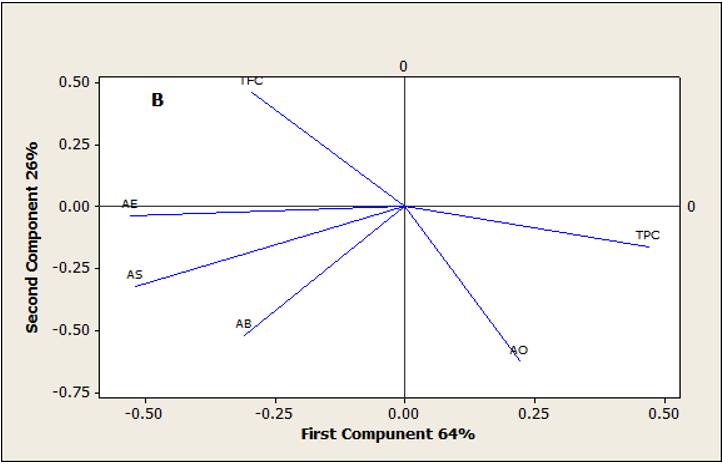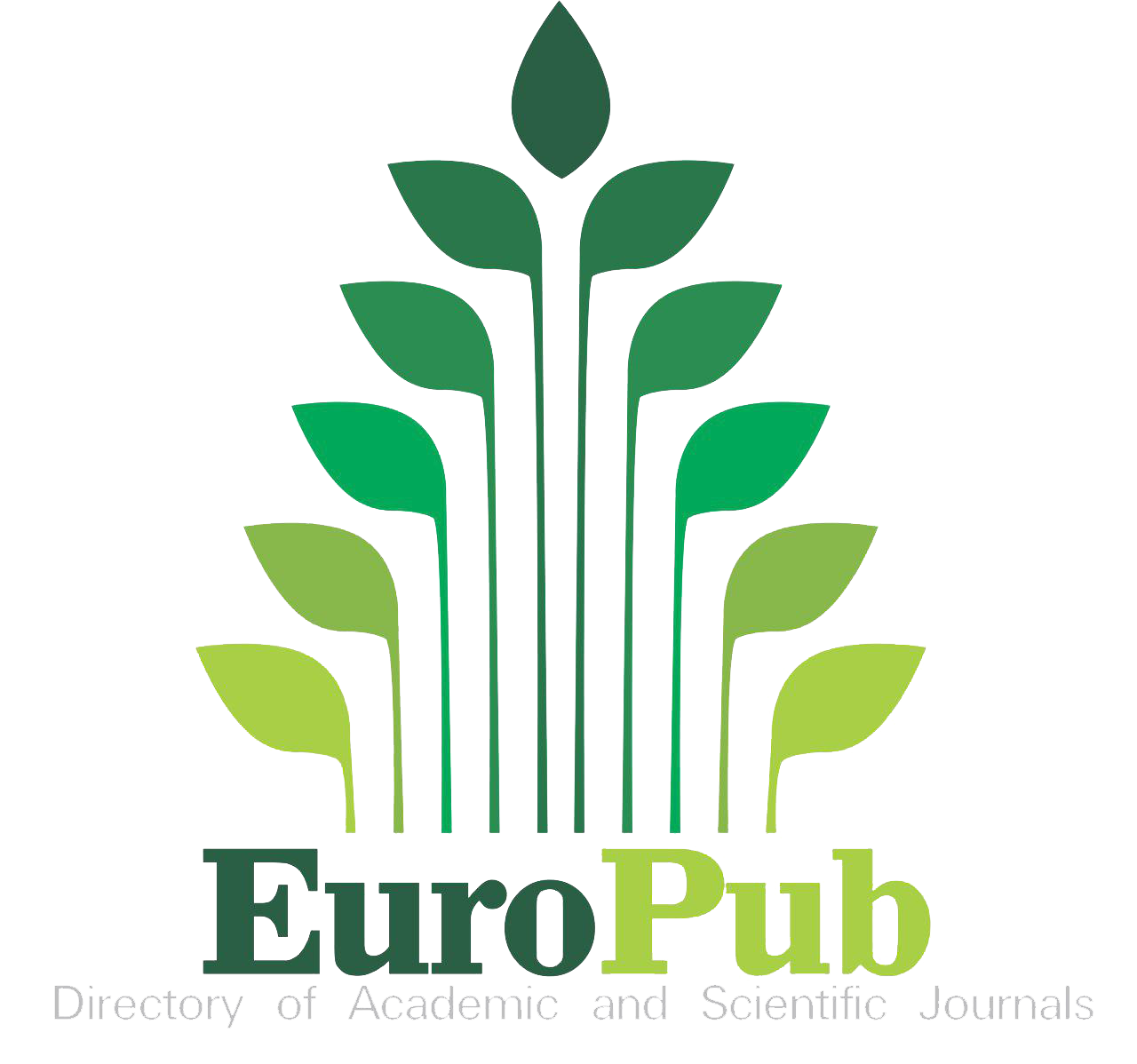Identification Of Bioactive Compounds in Selected Seeds of Medicinal Plants
Keywords:
Phytochemicals, Antimicrobial, Seed Extract, Total FlavonoidAbstract
The present study was conducted to evaluate the phytochemical and antimicrobial potential of forty different local plant seeds collected from the local market of Haripur district. Seeds were washed with water, sorted, graded, grounded, and stored at room temperature for further analysis. The sample was analyzed for total phenolic content (TPC), total flavonoid content (TFC), antioxidant activity, and antimicrobial activity against three bacterial isolates i.e, Escherichia coli, Staphylococcus aureus, and Bacillus subtillis. The results indicated that the highest phenolic compounds were found in Pista maghz (40.80 mg GAE/gram) and Kaju (1.27 mg GAE/gram) had the lowest amount for TPC. Total flavonoid content was noted as highest in Tukham-e-taboos (55.40 mg QE/gram) and Till said (7.26 mg QE/gram) has the lowest amount of total flavonoid. The antimicrobial activity results showed that the crude extract of seeds Tukhme gajar and Tulasi exhibited great potential against multi-drug resistance strain Escherichia coli showed activity about 21 mm and 20 mm, respectively. The crude extract of seed Mako and Til said exhibited great potential against multi-drug resistance strain S. aureus with zones of inhibition of 21 mm and 20 mm, respectively. The crude extract of seed Mako and Black pepper exhibited great potential against the multi-drug resistance strain Bacillus Subtilis with a zone of inhibition of 21mm and 20mm, respectively. Seed extracts Soya, Nalon seed, Safaid mirch, Pista maghaz, and Til said exhibited the scavenging activity where percentages of inhibition of free radicals of extract were recorded as 41%, 33%,34%, 29%, and 28% respectively. Ascorbic acid (control) exhibited percentage inhibition of 55%, 52%, 51%, 50%, and 48% respectively. According to our results, the desired seed extract shows remarkable antibacterial, antioxidant, total phenolic content, and total flavonoid content. All the selected selected medicinal seeds have a good amount of phytochemicals as well as antimicrobial activity.


















